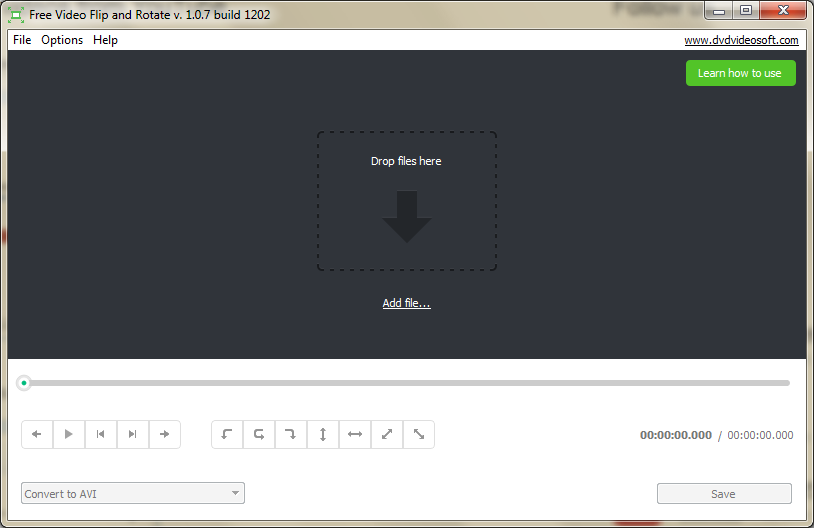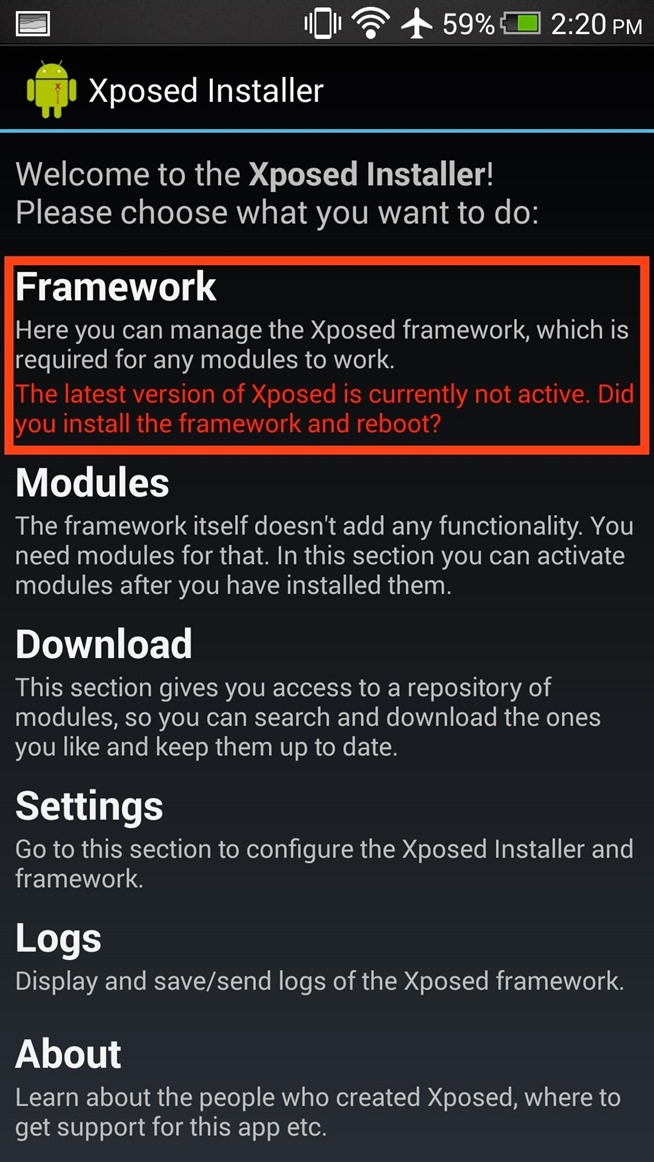MEC 119.3 Applied Mechanics I (3-2-0)
Evaluation:
Theory Practical Total
Sessional 50 - 50
Final 50 - 50
Total 100 - 100
Course Objectives:
This course has been developed to provide the basic knowledge of engineering mechanics to the students of
engineering so that it would be beneficial to understand structural engineering. The knowledge of mechanics can
utilized in wide range of engineering applications using Newton’s laws of motion and mechanical equilibrium of
different force system. This course shall be considered as a basic for all branches of Engineering of Pokhara
University in first year of undergraduate program.
Course Contents:
1. Introduction (2 hrs)
1.1 Definition and scope of Applied Mechanics
1.2 Concept of Statics and Dynamics
1.3 Concept of Particle
1.4 Concept of Rigid, Deformed and Fluid Bodies
1.5 Fundamental Concepts and Principles of Mechanics: Newtonian Mechanics
1.6 System of Units
2. Review of Coordinate System (2 hrs)
2.1 Cartesian Coordinate System
2.2 Polar Coordinate System
2.3 Cylindrical Coordinate System
2.4 Spherical Coordinate System
2.5 Review of Vector Algebra
3. Forces acting on particles and rigid body (7 hrs)
3.1 Types of Forces: Point Force, Transitional and Rotational Force- Relevant Examples
3.2 Resolution and Composition of Forces- Relevant Examples
3.3 Principle of Transmissibility and Equivalent Forces- Relevant Examples
3.4 Moments: Moment of a Force about a point and an axis- Relevant Examples
3.5 Theory of Couples:: Relevant Examples
3.6 Resolution of a Force into Forces and a Couple- Relevant Examples
3.7 Resultant of Force and Moment for a System of Force: Examples
4. Basic Concept of Static Equilibrium (2 hrs)
4.1 Concept of Load types, Load Estimation and Support Idealizations- Examples and Standard Symbols
4.2 Free Body Diagram- Relevant Examples
4.3 Physical Meaning of Equilibrium and its essence in structural application
4.4 Equation of Equilibrium in Two/Three Dimensions
5. Friction Forces (3 hrs)
5.1 Introduction
5.2 Types of Friction and its Coefficients: Static and Dynamic
5.3 Laws of Friction
5.4 Angle of Friction
5.5 Engineering Examples of usage of Friction
6. Center of Gravity, Centroid and Moment of Inertia (6 hrs)
6.1 Concept and Calculation of Centre of Gravity and Centroid of Line/Area /Volume – Examples
6.2 Concept and Calculation of Second Moment of Area/ Moment of Inertia and Radius of Gyration-
Relevant Examples
6.3 Use of Parallel Axis Theorem: Relevant Examples
7. Analysis of Beam (5hrs)
7.1 Introduction Beam
7.2 Use of statically determinant beam
7.3 Relationship between Load, Shearing Force and Bending Moment
7.4 Calculation and drawing of Axial Force, Shear Force and Bending Moment
8. Analysis of Truss (4 hrs.)
8.1 Introduction to determinant truss
8.2 Use of truss in engineering application
8.3 Analysis of force by method of joint
8.4 Analysis of force by method of section
9. Kinematics of Particles and Rigid body (6 hrs)
9.1 Rectilinear Kinematics: Continuous Motion
9.2 Position, Velocity and Acceleration of a Particle and Rigid body
9.3 Determination of Motion of Particle and Rigid body
9.4 Uniform Rectilinear Motion of a Particles
9.5 Uniformly Accelerated Rectilinear Motions of Particles
9.6 Curvilinear Motion of a Particle
9.7 Rectangular Components of velocity and Acceleration
9.8 Introduction of Tangential and Normal Components
9.9 Radial and Transverse Components
10. Kinetics of Particles and Rigid body: Force and Acceleration (6 hrs)
10.1Newton’s Second Law of Motion and Momentum
10.2Equation of Motion and Dynamic Equilibrium: Relevant Examples
10.3Angular Momentum: Rate of Change and Conservation
10.4Motion of Various Particles and Relative Velocity
10.5Equation of Motion- Rectilinear and Curvilinear
10.6Rectangular Components: Tangential and Normal
10.7Polar Coordinates: Radial and Transverse Components
11. Moment and Energy in Rigid body (2 hrs)
11.1 Introduction to Moment and Energy
11.2 Conservation of Linear and Angular Momentum
Text Books:
1. “Engineering Mechanics-Statics and Dynamics”, Shames, I. H. 3rd ed., New Delhi, Prentice Hall of
India, 1990.
2. “Mechanics of Engineers-Statics and Dynamics”, F. P.Beer and E. R. Johnston, Jr. 4rh Edition, Mc
Graw-Hill Book Co., New York, USA (Asia Editions), 1987.
References:
1. “Engineering Mechanics-Statics and Dynamics”, R.C. Hibbeler, Ashok Gupta, 11th edition. New
Delhi, Pearson, 2009.
2. “Engineering Mechanics- Statics and Dynamics”, I.C. Jong and B.G. Rogers.
3. “Engineering Mechanics- Statics and Dynamics”, D.K. Anand and P.F. Connif.
4. “Engineering Mechanics of Solids”, Egor .P. Popov, 2nd Edition, New Delhi, Prentice Hall of India,
1996.
5. “Engineering Mechanics- Statics & Dynamics”, Dr. D.S. Kumar,S.K. Kataria & Sons, New Delhi,
Reprint 2011.
6. Practice guide in Applied Mechanics, D. B. Pandit, Ramesh Khanal














